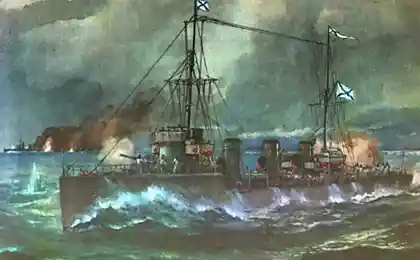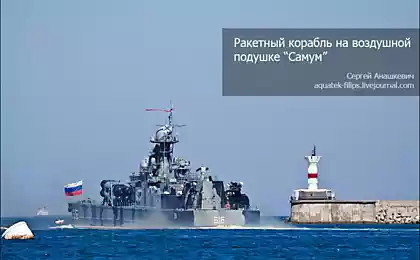167
Cladbitte ship in Chittagonge
Chittagong is considered one of the largest ship recycling centers in the world. And it is not even surprising that many here have long scored on the environment and labor protection standards. I invite you to visit this place and see the full extent of the tragedy.
Ships, like humans, have a lifetime. However, the recycling of ships that have served their term is a very difficult and expensive problem.
This is due to the fact that in addition to technological problems we have to face environmental: the cost of recycling toxic waste (asbestos, lead, cadmium, arsenic and mercury) in Western countries is much higher than the cost of scrap metal.
7-8 tons of asbestos and up to 100 tons of lead paint are used to insulate a large vessel.
In Chittagong, Bangladesh, where no one seems to be interested in environmental regulations, at least half of the world’s ships are being scrapped.
Disassembly of scrap ships in Chittagong began in 1969. Up to 250 ships are shipped here every year.
Each week, 3-5 new ships arrive.
According to various estimates, from 30 to 80 thousand people work in Chittagong, at least 10% of which are minors.
It is necessary to work almost with bare hands: only autogen and sledgehammers are used.
The working day begins at seven in the morning and ends at eleven in the evening. Apart from the breakfast break, you can rest only twice per shift for half an hour.
The salary is only 1.5-3 dollars a day.
Every year in Chittagong, up to 50 workers die from accidents and poisoning (the maximum permissible concentrations of lead here are exceeded by 320 times).
80% of production in Chittagong is controlled by American, German and Scandinavian companies.
The business is estimated at $1-1.2 billion a year. On the salaries of workers, taxes and bribes to officials, owners spend $ 200-300 million.
Source: nlo-mir.ru
Source: /users/1080























